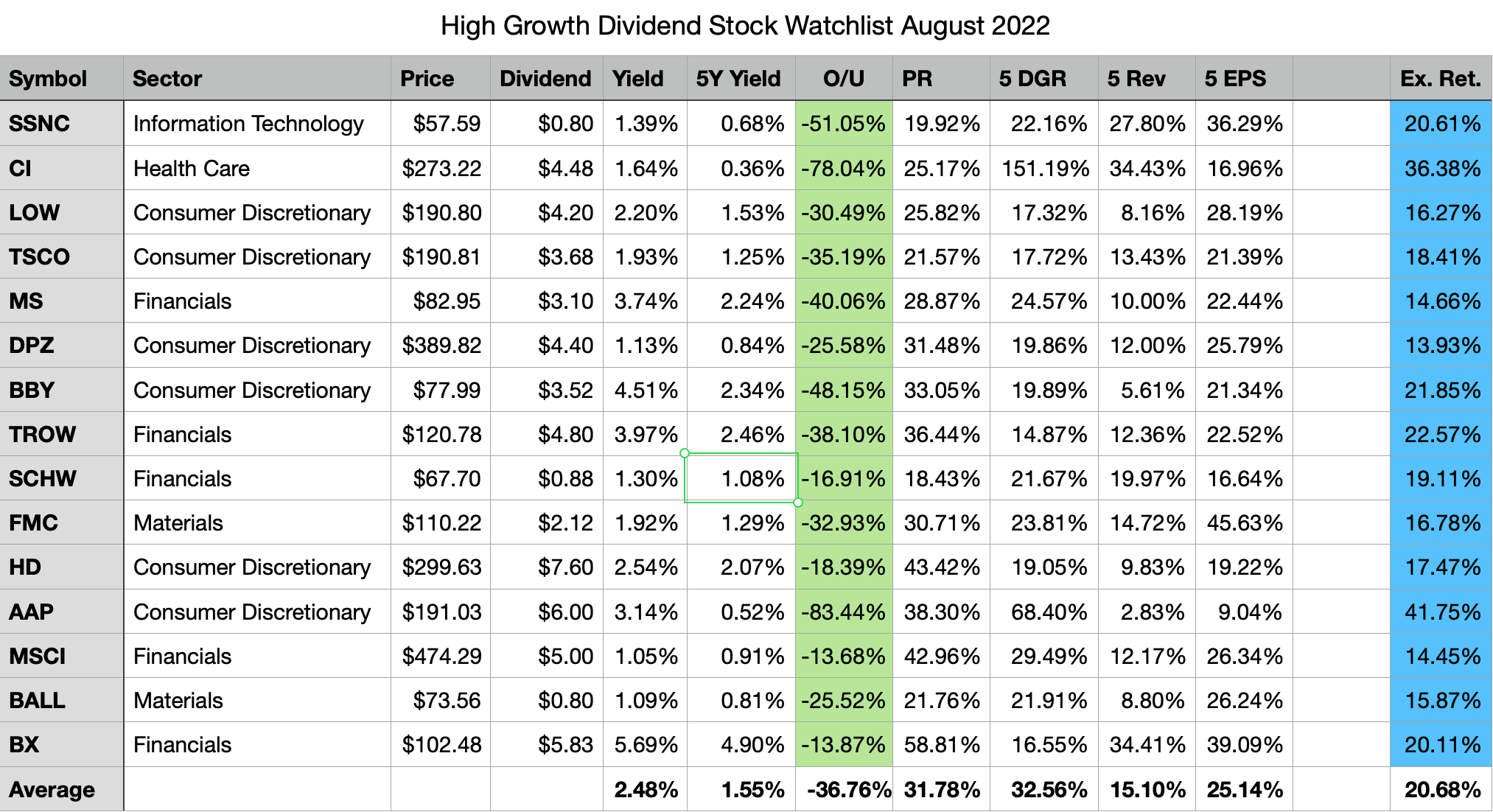
A non profit account is an IRA account that is specifically designed to meet the needs of a nonprofit organization. You can contribute to the organization without paying taxes. It can be used to create automatic payments for expenses, and other purposes. Non profit organizations must be 501(c)(3) registered and have dual signatures. These are important considerations to ensure you get the best account for your company. Listed below are some benefits of a non profit account.
Non-profit organization
It is essential to understand the purpose of your nonprofit organization account and how it will use it. A nonprofit organization works for the benefit of society, and as such, does not have to pay tax. It is important that records of the nonprofit organization are kept accurate. The nonprofit organization account will need to track the donations it receives, and it should show how much money was spent for each purpose. The accrual method of accounting is best for this.

Registered 501(c),(3) organisation
For a nonprofit organization to open a banking account, they will need their tax ID number, as well the Employer Identification Num (or EIN) of the organization. Also, you'll need to supply a list with officers. They must also provide photo identification as well as Social Security numbers. Different banks may have different requirements. It is best to check with your bank about what they require. You can also check with the state if you are unsure if they require these items.
Bank validation not required
You may be wondering if your bank accounts can be validated if you are a nonprofit. The Financial Crimes Enforcement Network has established rules that banks must verify that account owners are legitimate individuals or entities. Nonprofits are exempted from these regulations but banks must still do their due diligence on customers, including checking the financial standing and status of the organization. This article discusses some of the safeguards that nonprofits should consider.
Requires double signature
A dual signature can be an effective internal control measure. It allows both parties to sign the check. This reduces fraud risk. Double signatures are also useful in preventing forged checks. The signatures can be verified electronically by banks or by post. It is important to use a dual signer for your non-profit accounts. You can be sure that all checks you sign are genuine.
It can be used for everything
It is easy to open a non-profit bank account. A few simple rules will help you keep your account open. First, you shouldn't have more than one account. It can become confusing to have several funds. It is better to have one account for all your activities, and another one for nonprofits. Keep in mind, however, that nonprofits shouldn't change officers too often. It is a good idea having two officers on an account. Also, it is crucial to keep your account at the minimum level. This can prove difficult for small nonprofits. Each bank has its own minimum balance requirements. Failures to meet these requirements will result in a monthly charge.

IRS requirements
A nonprofit account must follow the IRS requirements to be tax-exempt. The IRS requires banks reporting cash payments exceeding $10,000 per annum in trade or business. Nonprofits should be wary of large checks coming from major donors and fundraisers. Banks should prepare all required reports well in advance to avoid problems. Before opening a non-profit bank account, there are many steps. These are just some of the many steps you need to take before opening a non-profit account. Here are some important points to remember.
FAQ
Can I make my investment a loss?
You can lose it all. There is no guarantee of success. There are ways to lower the risk of losing.
One way is to diversify your portfolio. Diversification allows you to spread the risk across different assets.
Another option is to use stop loss. Stop Losses let you sell shares before they decline. This will reduce your market exposure.
You can also use margin trading. Margin Trading allows the borrower to buy more stock with borrowed funds. This increases your odds of making a profit.
Does it really make sense to invest in gold?
Since ancient times gold has been in existence. It has remained a stable currency throughout history.
Like all commodities, the price of gold fluctuates over time. When the price goes up, you will see a profit. A loss will occur if the price goes down.
It doesn't matter if you choose to invest in gold, it all comes down to timing.
How can I invest and grow my money?
Learn how to make smart investments. By learning how to invest wisely, you will avoid losing all of your hard-earned money.
You can also learn how to grow food yourself. It's not nearly as hard as it might seem. You can grow enough vegetables for your family and yourself with the right tools.
You don't need much space either. Just make sure that you have plenty of sunlight. Try planting flowers around you house. They are simple to care for and can add beauty to any home.
If you are looking to save money, then consider purchasing used products instead of buying new ones. It is cheaper to buy used goods than brand-new ones, and they last longer.
Statistics
- 0.25% management fee $0 $500 Free career counseling plus loan discounts with a qualifying deposit Up to 1 year of free management with a qualifying deposit Get a $50 customer bonus when you fund your first taxable Investment Account (nerdwallet.com)
- Some traders typically risk 2-5% of their capital based on any particular trade. (investopedia.com)
- According to the Federal Reserve of St. Louis, only about half of millennials (those born from 1981-1996) are invested in the stock market. (schwab.com)
- Most banks offer CDs at a return of less than 2% per year, which is not even enough to keep up with inflation. (ruleoneinvesting.com)
External Links
How To
How to invest in stocks
Investing is a popular way to make money. It is also considered one the best ways of making passive income. There are many options available if you have the capital to start investing. It is up to you to know where to look, and what to do. The following article will show you how to start investing in the stock market.
Stocks are the shares of ownership in companies. There are two types, common stocks and preferable stocks. Prefer stocks are private stocks, and common stocks can be traded on the stock exchange. Shares of public companies trade on the stock exchange. They are priced on the basis of current earnings, assets, future prospects and other factors. Stocks are bought by investors to make profits. This is known as speculation.
There are three main steps involved in buying stocks. First, you must decide whether to invest in individual stocks or mutual fund shares. Second, choose the type of investment vehicle. Third, choose how much money should you invest.
Choose Whether to Buy Individual Stocks or Mutual Funds
For those just starting out, mutual funds are a good option. These are professionally managed portfolios that contain several stocks. Consider the level of risk that you are willing to accept when investing in mutual funds. There are some mutual funds that carry higher risks than others. If you are new to investments, you might want to keep your money in low-risk funds until you become familiar with the markets.
You should do your research about the companies you wish to invest in, if you prefer to do so individually. Before buying any stock, check if the price has increased recently. You do not want to buy stock that is lower than it is now only for it to rise in the future.
Choose your investment vehicle
After you have decided on whether you want to invest in individual stocks or mutual funds you will need to choose an investment vehicle. An investment vehicle can be described as another way of managing your money. You could, for example, put your money in a bank account to earn monthly interest. You could also create a brokerage account that allows you to sell individual stocks.
You can also establish a self directed IRA (Individual Retirement Account), which allows for direct stock investment. You can also contribute as much or less than you would with a 401(k).
Your needs will determine the type of investment vehicle you choose. Are you looking to diversify or to focus on a handful of stocks? Do you want stability or growth potential in your portfolio? How familiar are you with managing your personal finances?
All investors should have access information about their accounts, according to the IRS. To learn more about this requirement, visit www.irs.gov/investor/pubs/instructionsforindividualinvestors/index.html#id235800.
Calculate How Much Money Should be Invested
Before you can start investing, you need to determine how much of your income will be allocated to investments. You can put aside as little as 5 % or as much as 100 % of your total income. Depending on your goals, the amount you choose to set aside will vary.
You might not be comfortable investing too much money if you're just starting to save for your retirement. You might want to invest 50 percent of your income if you are planning to retire within five year.
You need to keep in mind that your return on investment will be affected by how much money you invest. Consider your long-term financial plan before you decide what percentage of your income should be invested in investments.